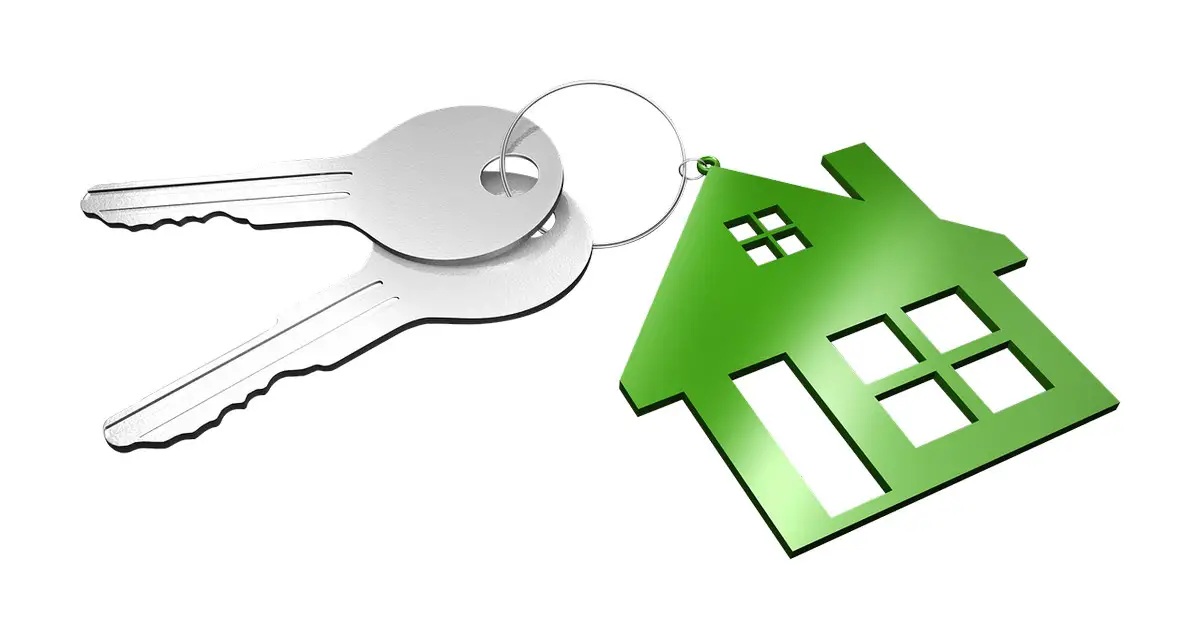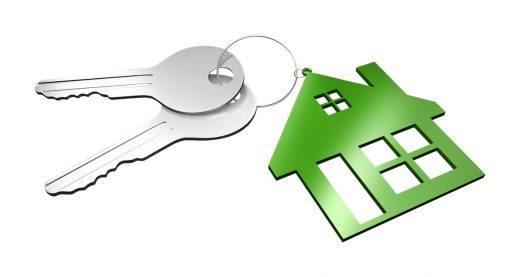Trusted How to Get Your Tenancy Deposit Back Advice, Rental End Tips, Property Guide
How to Get Your Tenancy Deposit Back
25 Feb 2020
End of Rental: How to Get Your Tenancy Deposit Back
Many landlords require their tenants to put a security deposit down before moving in. This deposit can be used in the event of the tenant damaging the rental or not paying rent.
However, as long as you pay the rent, repair any damages, and adhere to any clauses in the lease, you should be able to get your deposit back. You can then use that deposit to put towards a new house or to pay off debts.
Getting a security deposit back is rather simple, as long as you take the necessary steps. If you’re currently a tenant that wants to move out of your rental, keep the following tips in mind and you’ll increase your chances of getting your deposit back.
Know the lease
Where many tenants go wrong is not reviewing their lease before moving out. A lease is a legal contract; a tenant failing to adhere to agreements outlined in a lease means that landlords are not legally required to return the deposit.
If you are considering moving out, the very first thing you should do is look over your lease. Move out procedures should be outlined, including how much notice you have to produce and what condition you need to leave the house in.
If you’re struggling to find your lease or don’t understand it, talk to your landlord to clarify your responsibilities. Once you understand your lease, you’re ready to continue.
Give enough notice
Most landlords require tenants to place 30 days notice and to pay the last month’s rent. In some instances, landlords may require 60 days notice. Failure to give enough notice and pay rent could mean that the landlord can legally keep the deposit.
Once you know you’re planning on moving out, give your landlord the appropriate amount of notice. While there is nothing wrong with verbally telling your landlord your intent to move out, you will also want to provide written notice.
Note that text messages are not considered a form of formal written communication. You should write an email or letter that clearly states the day the letter was written.
Move everything out
If a tenant leaves items behind that the landlord has to dispose of before a new tenant can move in, the landlord can use the security deposit towards disposal fees. Tenants should get all items out before their last month is up.
Ideally, you’ll have a few days available where you can move items to your new home or into a moving truck before you officially have to be out. This ensures that items are out of the house promptly.
Most people like to move their items out, then come back the next day to walk through the house one more time, just in case they forgot something.
Make repairs
Some wear and tear is to be expected. Tenants are typically not held responsible for things such as minor chips in the paint. However, tenants are responsible for larger damages. If they don’t repair those damages, landlords can withhold the deposit.
Go through your rental and make note of damage that occurred while you were there that goes beyond everyday damage. Try to make as many repairs as you can before your landlord sees them.
For example, if the carpet is fraying due to age, that is considering everyday damage. But if your child spilled a cup of juice on the carpet, it is your responsibility to get rid of the stain.
Clean, clean, clean
Many landlords expect their tenants to deep clean the house or apartment. A deep clean goes beyond everyday cleaning. This includes wiping down ceiling fans, cleaning appliances, steam cleaning the carpet, and more.
When it comes to the end of rental cleaning, you can choose to do it yourself or hire a professional. People that are overwhelmed with other aspects of the move might want to hire a professional, while those that are trying to save money might want to do their own cleaning.
If you do your own cleaning, make a list of everything that needs to be cleaned. If your cleaning isn’t adequate, your landlord can withhold your deposit.
Do a final walkthrough
Ideally, both the landlord and the tenant will be present at the final walkthrough to go over any concerns. Depending on the circumstances, some landlords grant tenants additional time to address concerns that are found in the walkthrough.
Ask your landlord to go through the house with you and show them that the house was left in an acceptable condition. If they have any concerns, ask them what you can do to remedy the situation.
If your landlord refuses to do a walkthrough with you, you should still walk through the house one final time before handing over the keys. Make sure everything is clean and that you didn’t leave anything behind.
Document house condition
If landlords cannot be present at a final walkthrough, it is a good idea for tenants to document the condition that the house was left in by taking photos. Likewise, if a landlord is concerned about the damage that occurred, they will also take photos.
If your landlord claims that damage occurred or that the house wasn’t left in suitable condition, you can use the photos as proof as to how the house looked when you left.
If your landlord tries to withhold your deposit, but you feel that you left the house in good condition, having photographic proof can help you recover your deposit. Depending on what your landlord is claiming, you may need to seek legal advice.
Final thoughts
If you’re renting, and you’re not sure what is expected of you in regards to moving out, make sure to start looking over your lease sooner rather than later. Anything on the lease needs to be honored if you want your tenancy deposit back.
Most landlords start seeking new tenants whenever the old tenant gives notice. Leaving your rental in excellent condition means that the new tenants will be able to move in more quickly.
Comments on this guide to How to Get Your Tenancy Deposit Back article are welcome.
Building Articles

image courtesy of article provider
Comments / photos for the How to Get Your Tenancy Deposit Back Advice page welcome






